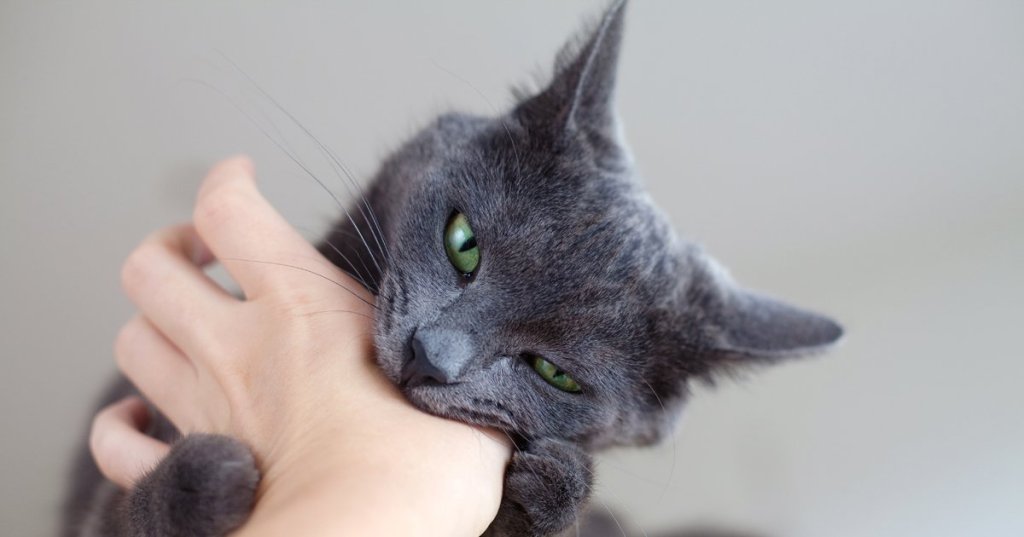A pet’s mouth is much more than a food-intake device. Animals use their mouths to explore their surroundings, communicate a desire for attention, or indicate they’re in pain. When they use their mouths inappropriately toward humans or other animals, the result can be a bite wound.
A bite can range from a simple graze of the skin to a deep puncture wound that draws blood. In either case, it’s important to care for the wound appropriately. Animal saliva contains bacteria that can cause infection, and teeth can damage underlying tissues. Here’s what to do.
For humans: For a bite to a person that barely breaks the skin, clean the area using soap and water. Dry the skin, apply an antibiotic cream, and cover the wound with an adhesive bandage.
If the bite is serious enough to tear the skin and cause bleeding, apply pressure to the area with a clean, dry cloth until the bleeding stops. Then see a doctor immediately for further treatment. You may need stitches, a course of antibiotics, or even surgery, depending on the severity of the wound. A tetanus booster is a good idea if it has been more than 10 years since your last one.
For animals: What if a pet has been bitten by another animal? First, muzzle him before you examine the wound, as pain could cause him to bite you reflexively.
Trim the hair around the area so you can see it and clean it more easily. Then flush it with lukewarm water for at least five minutes. Dry the area with a clean towel, apply antibiotic ointment, and place a bandage over it, using first-aid tape to hold it in place.
For a severe bite, take your pet to the veterinarian right away, especially if you suspect internal bleeding or if the bite is to the throat or abdomen. Bites in those areas can be serious, even if they don’t look that way on the surface. Your pet may be bleeding internally if you press the gums and they appear pale rather than immediately resuming a healthy pink color.
Deep puncture wounds are difficult to clean thoroughly, so be on the lookout for problems at bite sites. In humans and animals, signs of infection include pain at the bite site, redness, swelling, and oozing. Depending on who has the bite, see your doctor or take your pet to the veterinarian.
Whether a bite wound is minor or serious, it’s necessary to find out whether the animal who delivered the bite is up to date on rabies vaccinations. If the animal is unknown to you or the bite was given by a wild animal, the advice from the Centers for Disease Control and Prevention is to assume that the animal could carry rabies and seek medical or veterinary advice immediately. Raccoons, skunks, foxes, and bats are especially likely to carry rabies. Don’t let your pet come in contact with them.
Why do dogs bite? Your sweet older dog who has never laid tooth on human skin may bite unexpectedly if you accidentally touch her in a painful area. For instance, you may be unaware that she has developed arthritis in her hips.
Puppies bite during play, and it’s important to teach them early on never to put pressure on human skin. Any time a puppy nails you with needle-sharp teeth, screech loudly and walk away. He’ll quickly learn that using his teeth puts an end to attention and playtime.
Any animal can bite, even unintentionally, so it’s wise to take precautions. Knowing how to avoid and treat bites will save you and your pet pain.









